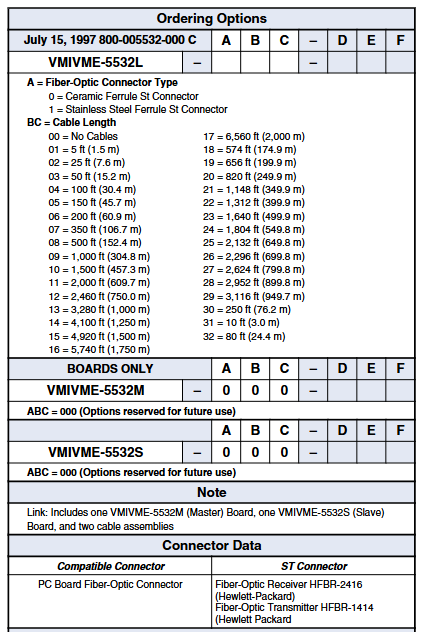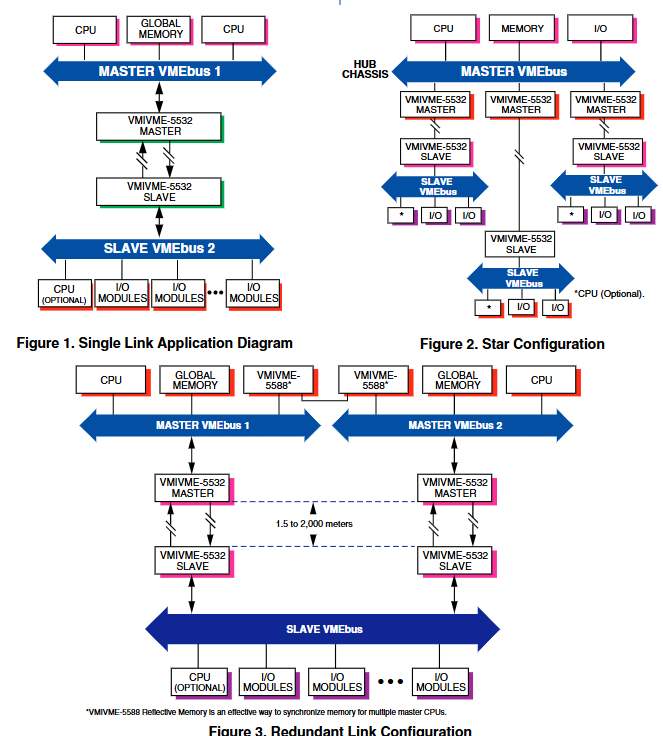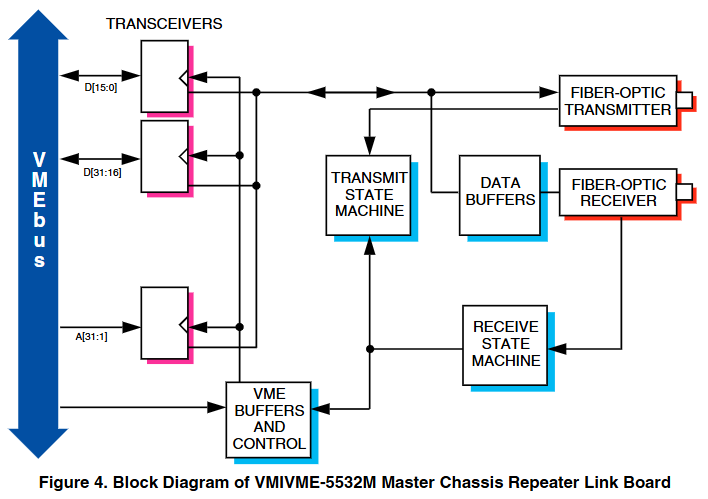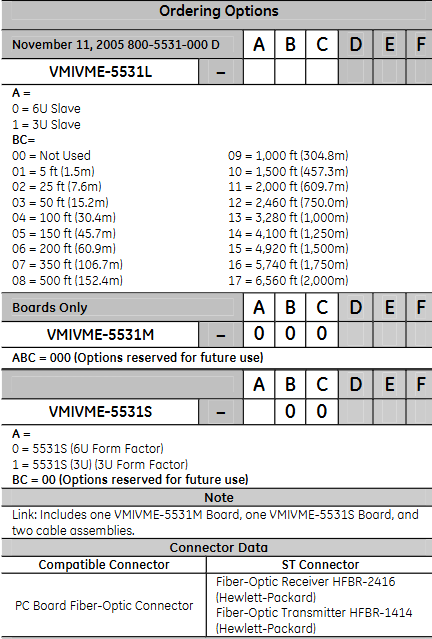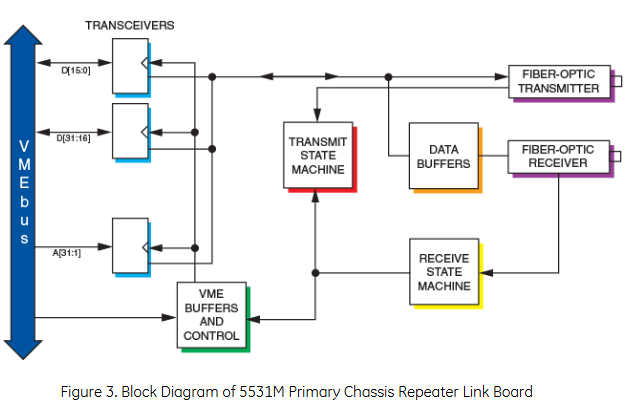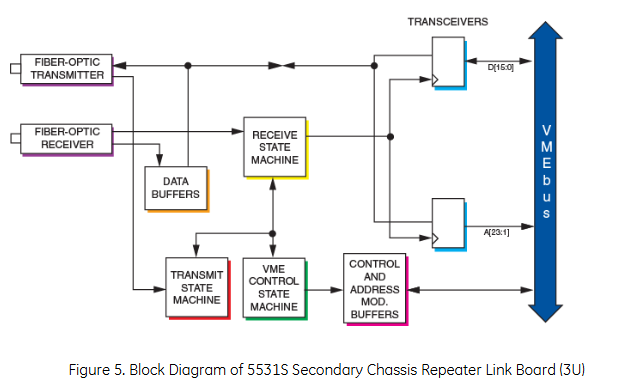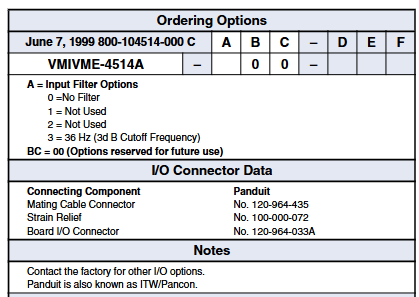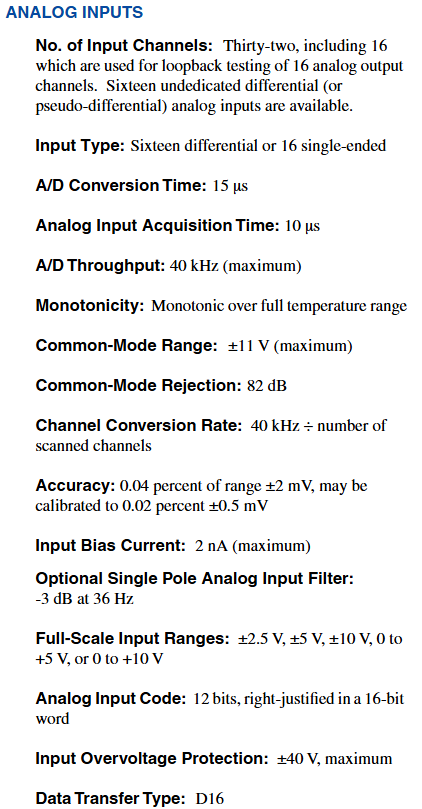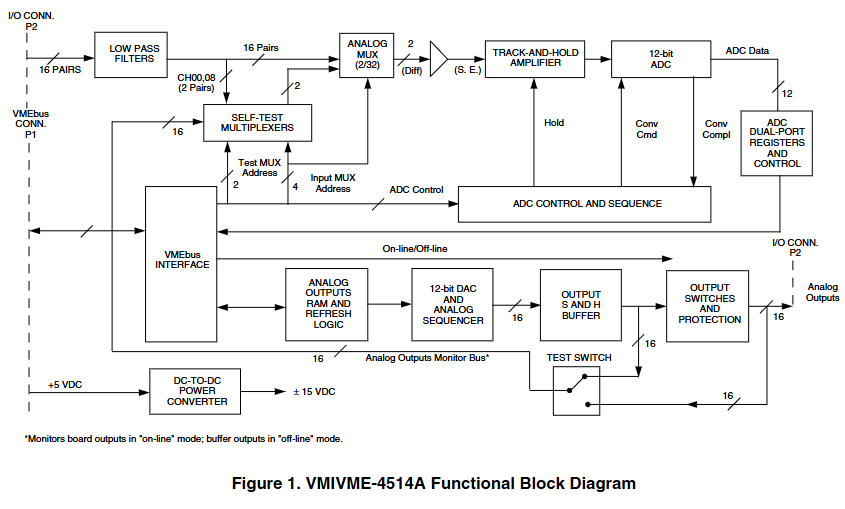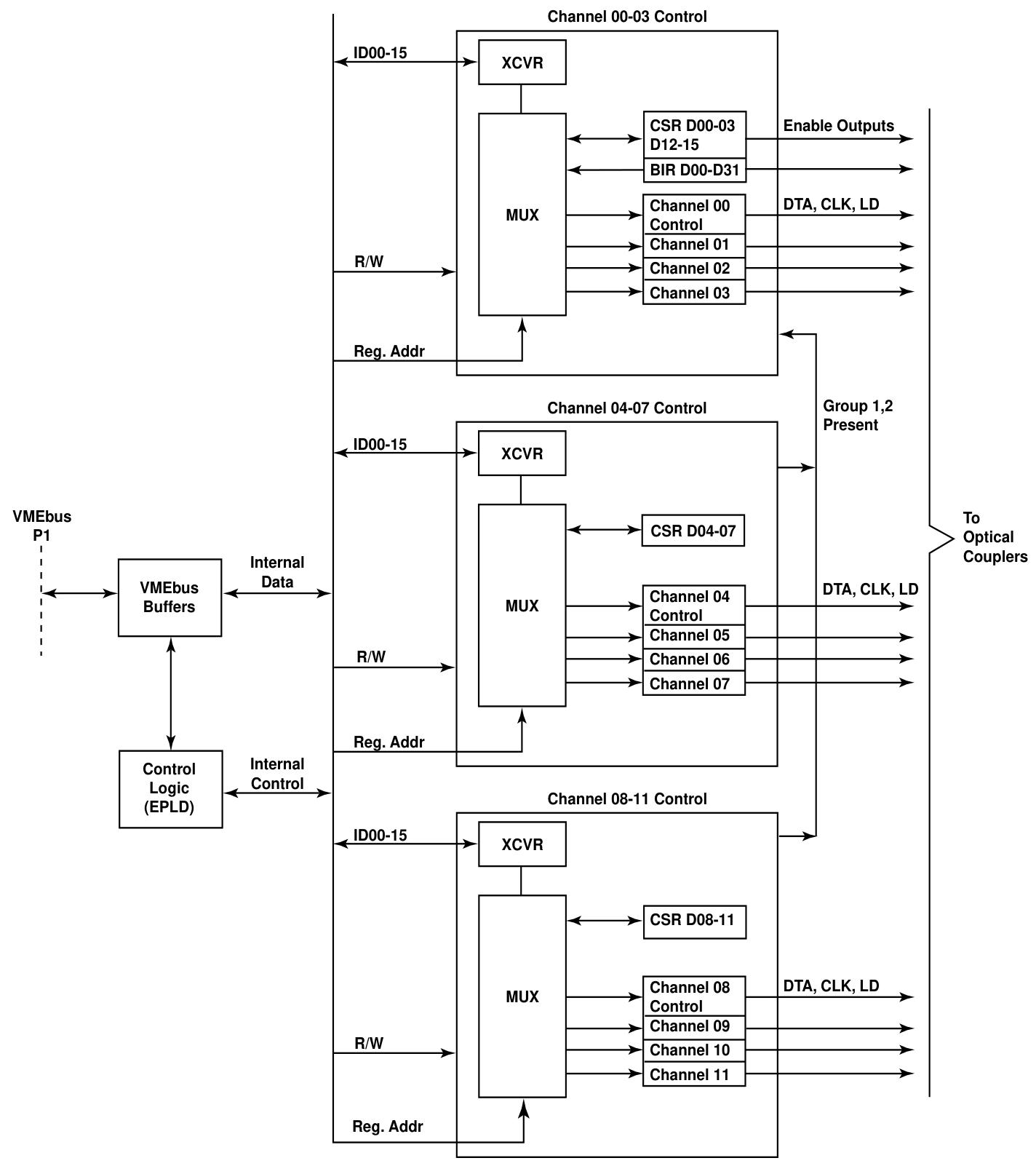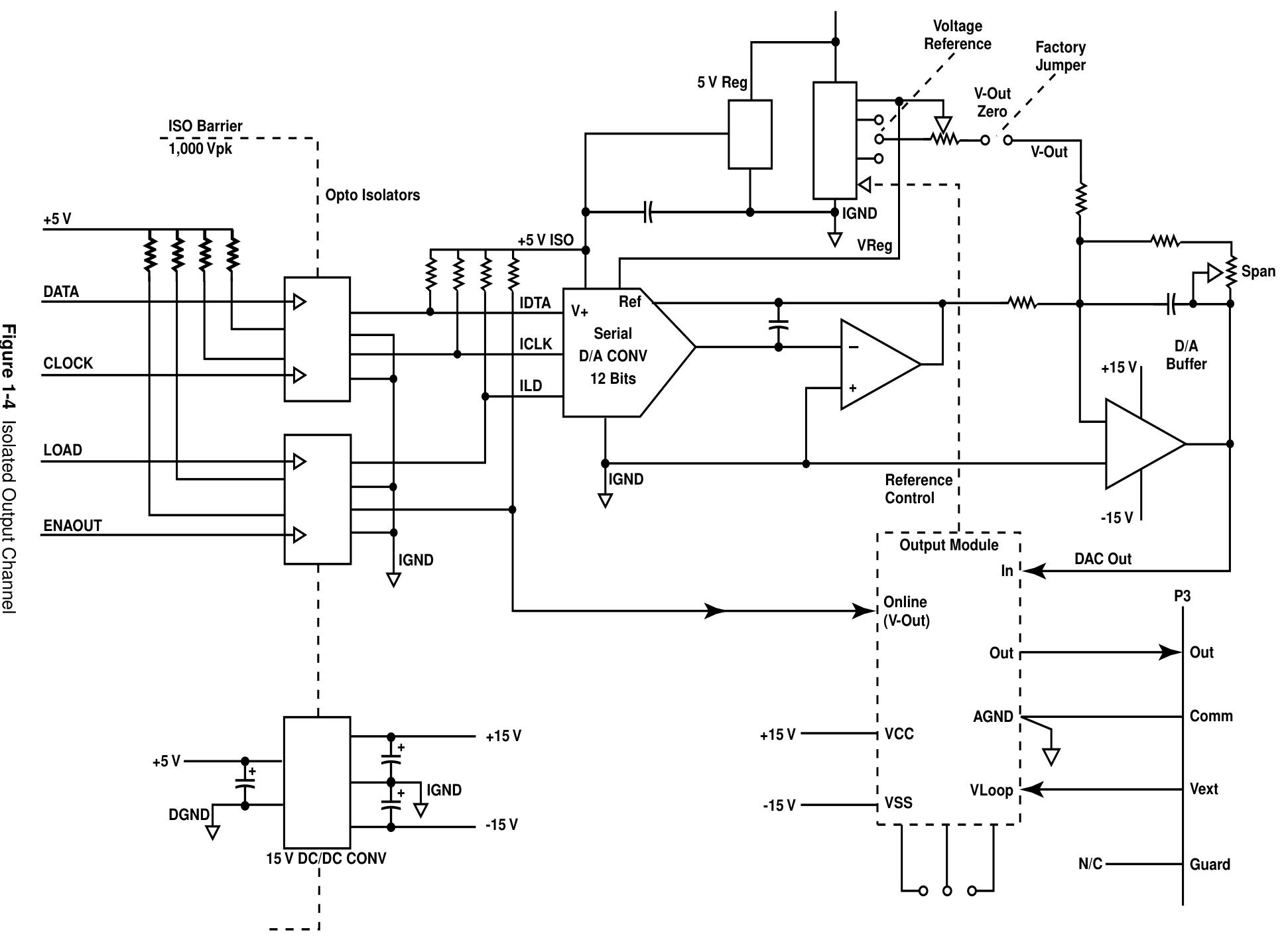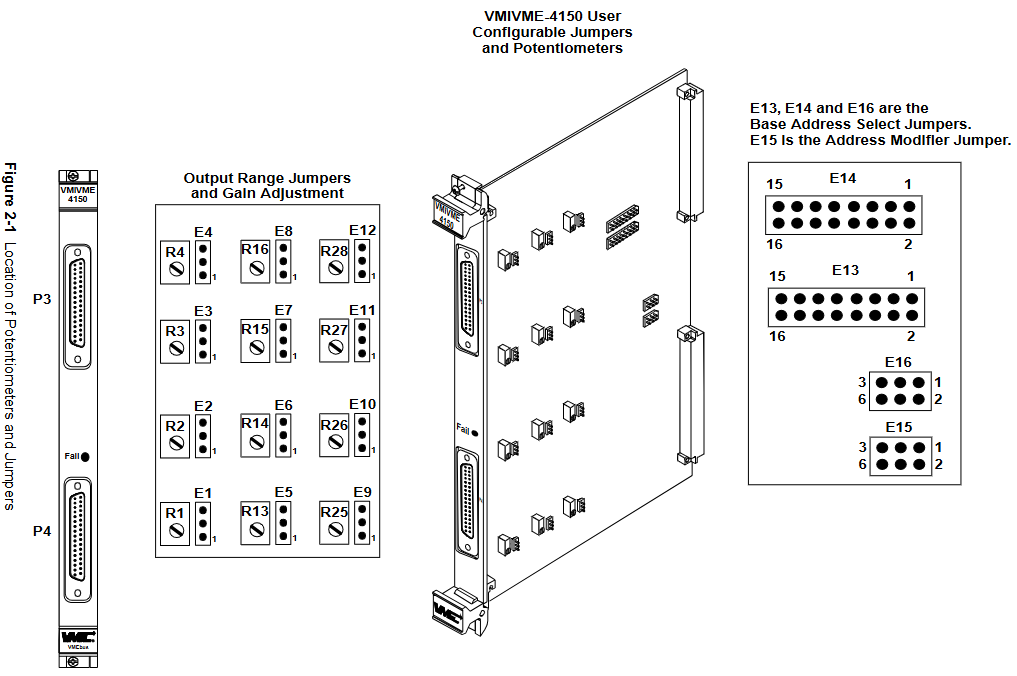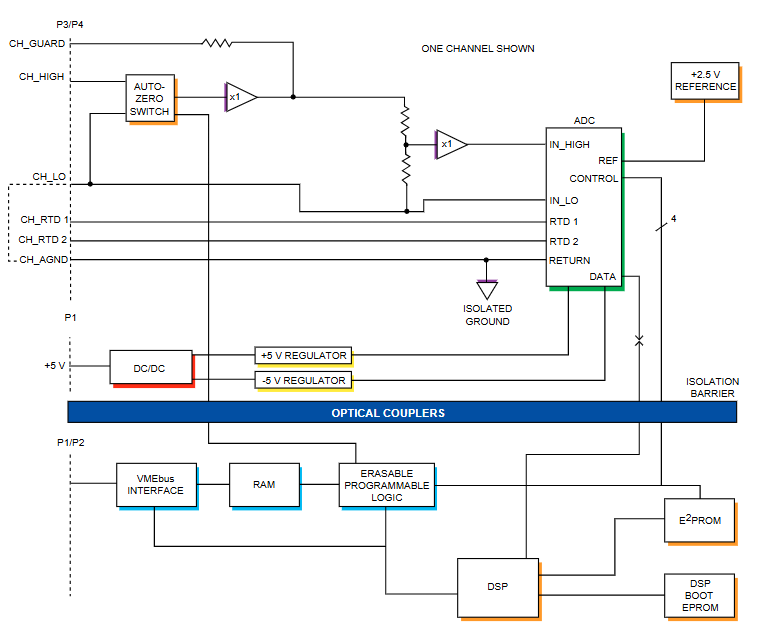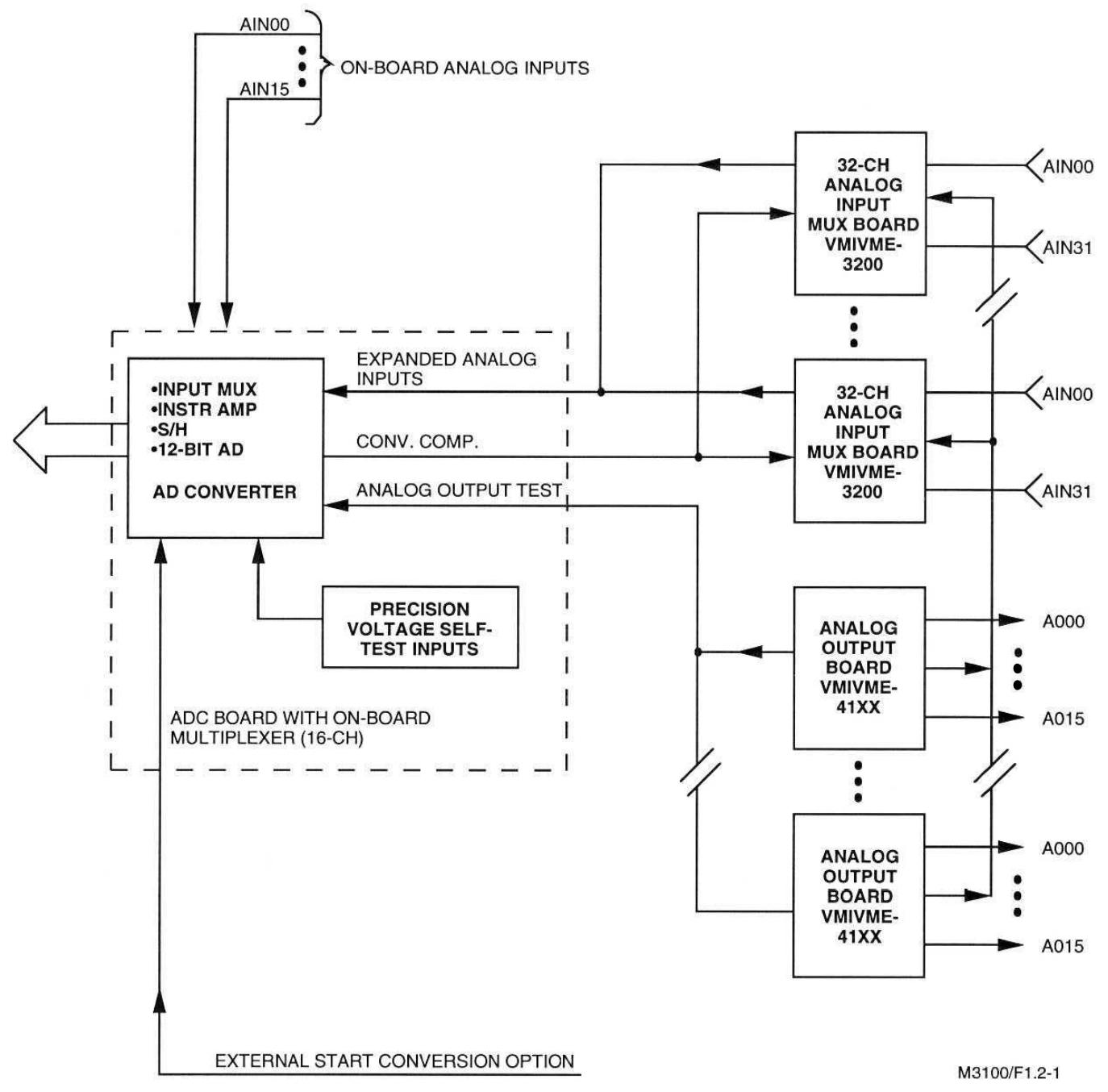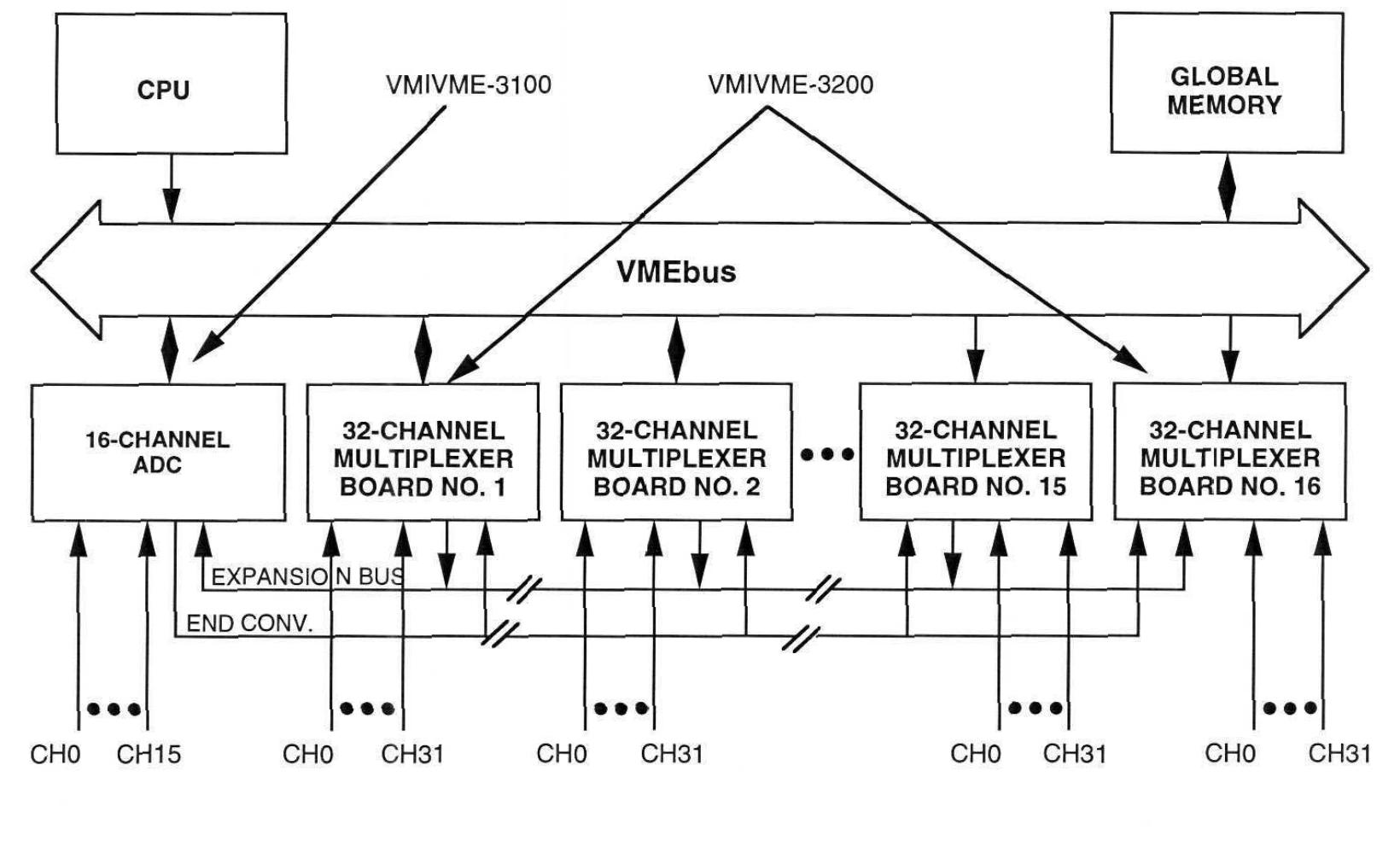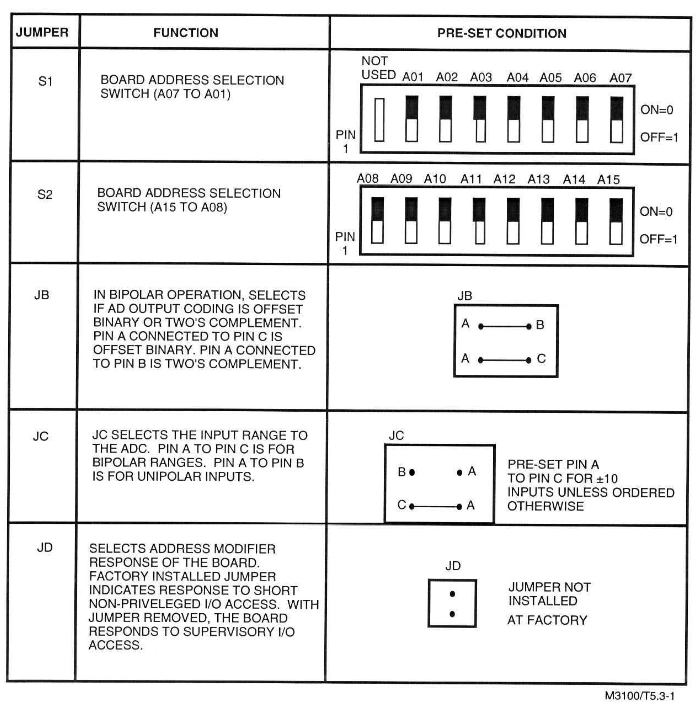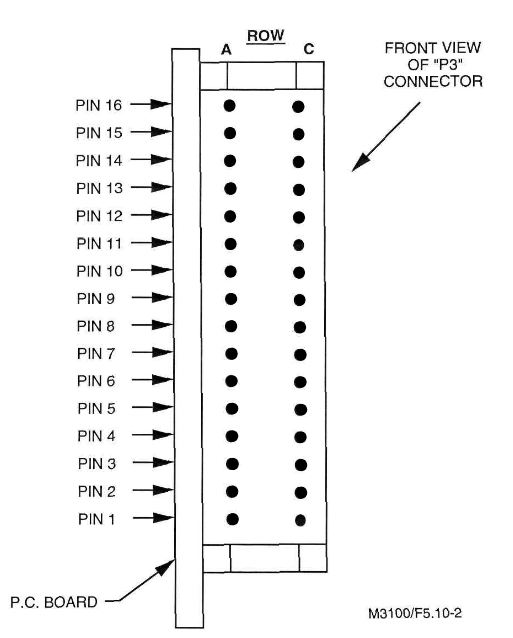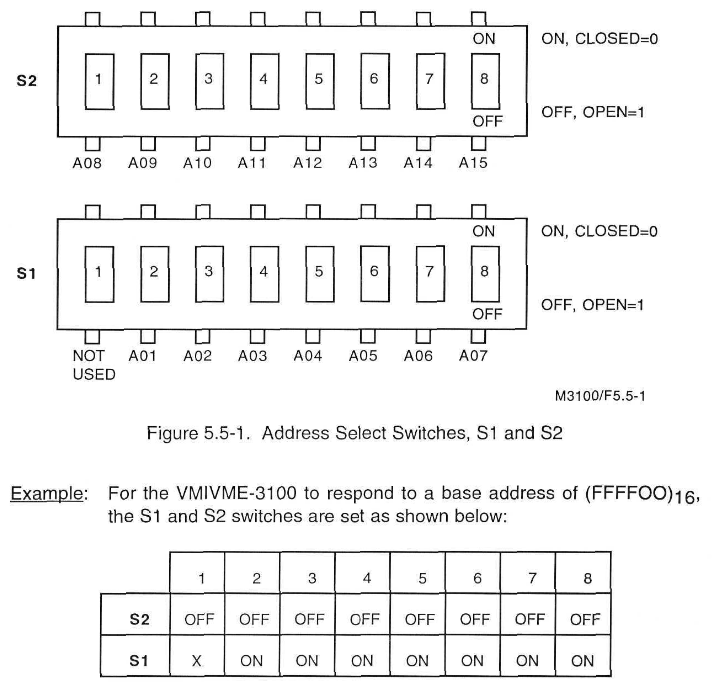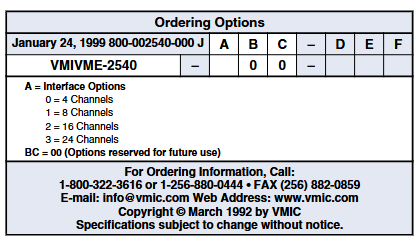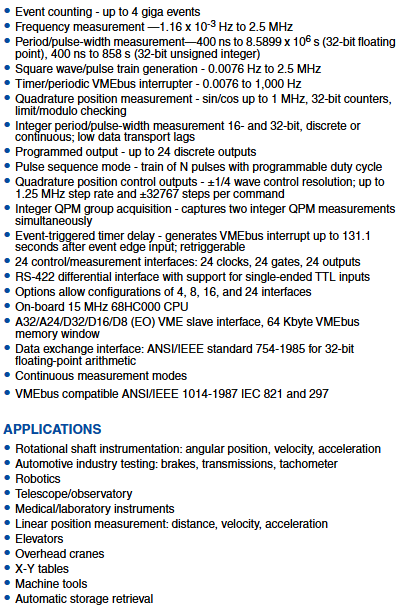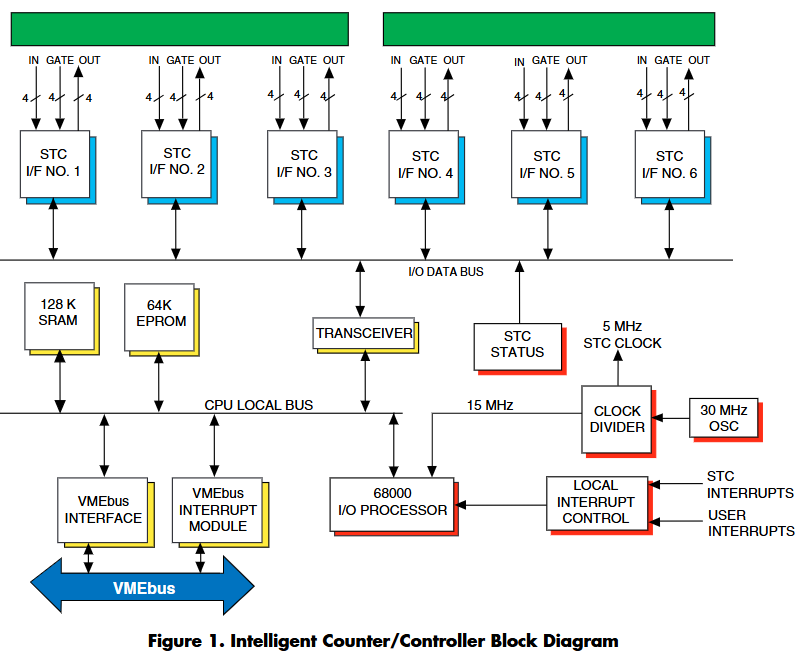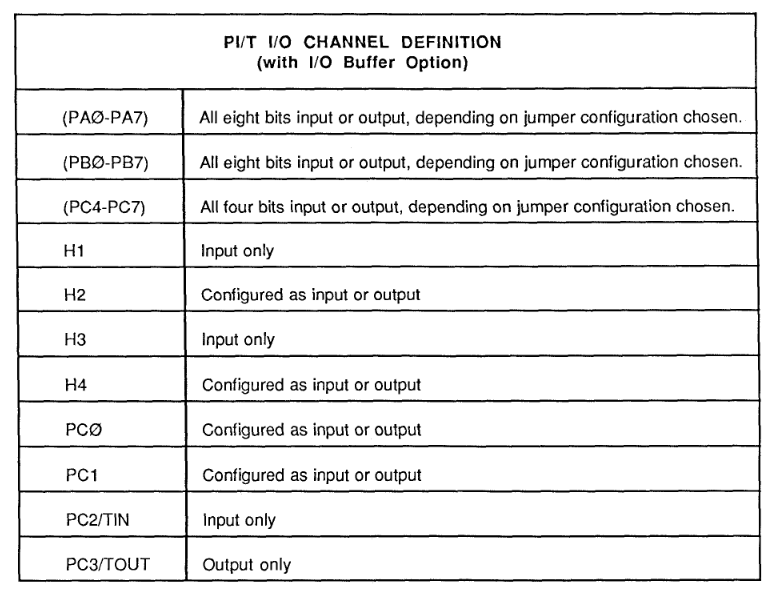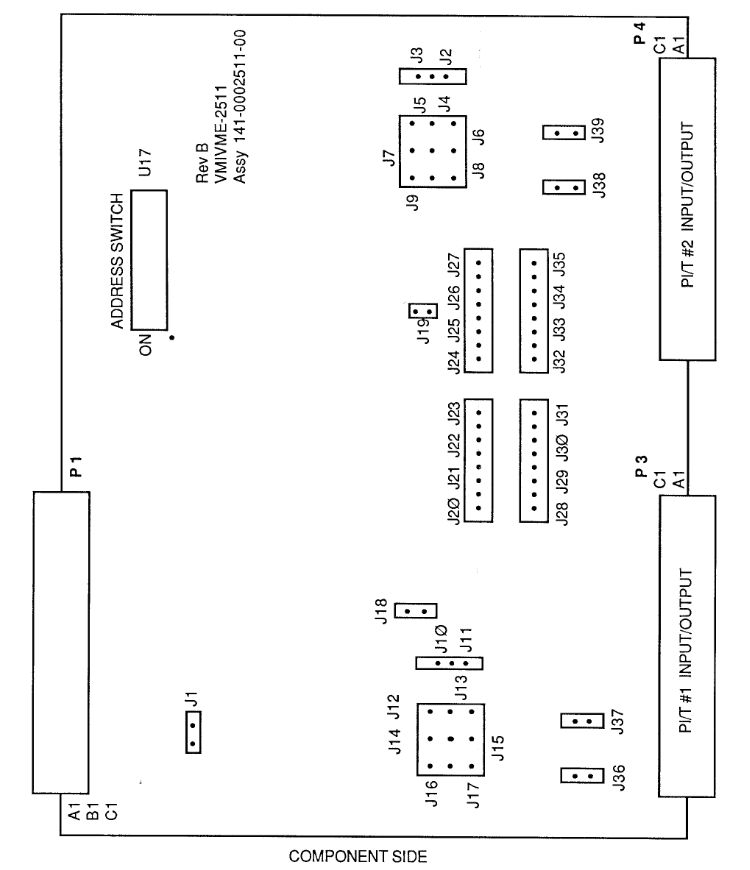GE VMIVME-5620 Intelligent HSD Simulator
Basic Product Information
Product type: VMIVME-5620 is an Encore HSD compatible HSD simulator, designed with dual Eurocard, and is a high-performance HSD interface device.
Connection method: Connect to Encore HSD/IBL interface or other HSD compatible devices through two 50 core flat cables with socket connectors at both ends.
Core components: Equipped with an integrated VMEbus interface (Cypress VIC068) and an onboard local bus with processor and memory, capable of interpreting host based I/O control block (IOCB) lists (IOCL).

Main functions and modes
working mode
HSD main mode: used to drive HSD peripherals, by interpreting the IOCL in the VMEbus global memory, sending external function commands to HSD peripherals, receiving device status, and transferring data blocks with devices. It also supports external mode, where HSD peripherals control the addressing and data transfer of VMEbus global memory.
HSD slave mode: It can be used as an HSD slave in a VME based computer or embedded controller, driven by an HSD host in another computer. The HSD host can be an Encore/Soul HSD on the SEL bus or another VMIVMME-5620 in the VME based computer.
IBL mode: allows two HSD compatible controllers (one of which can be an Encore HSD controller) to form a high-speed link without the need for cross cables and will re route some signals.
Featured Features
Can minimize host software overhead and execute a list of commands in memory.
Supports IBL compatible high or low priority, HSD external mode, data buffers (FIFOs), data and command chains, block transfer, 32-bit DMA transfer (via HSD bus).
As a VMEbus master-slave device, it supports command chain and data chain functions. The command chain enables the board to automatically execute the next IOCB in the list after completing the current IOCB execution, and only requires the host CPU to participate after the entire IOCB list is completed; A data link allows data to be passed in or out of non contiguous parts of memory.
Performance parameters
Transmission rate: The transmission rate between VMIVME-5620 is 4 Mbytes/sec (32-bit wide); The transmission rate from VMIVME-5620 to HSD depends on HSD, with a maximum of 3.2 Mbyte/s (the transmission rate may decrease due to factors such as cable length, operating mode, and VMEbus memory speed).
Transmission specification: The maximum block size is 256 Kbyte (16 bit transmission counter); Each HSD cycle has a transmission width of 32, 16, or 8 bits; The transmission mode is bidirectional half duplex; The address counter is 32-bit; Commands/controls come from a list in memory and support D32, D16, or D8 (EO) DMA.

VMEbus transmission
Slave: SAD024: SD32 A24: A16: AD0: D32: D16: D8 (EO), addressable at 64 byte boundaries through jumpers.
Host: A32: MBLT32 A32: A24: A16: D32: D16: D8 (EO): BLT, bus request level is 0, 1, 2 or 3, interrupt level and vector are programmable, bus authorization delay is 50 ns.
Hardware and Connection
I/O cable: Two 50 core (twisted pair flat ribbon) cables (not included in the product), VMIC recommends using high-quality twisted pair with overall shielding when the length exceeds 50 feet.
Maximum cable length: 250 feet.
System Controller Mode: When located in the first slot of the chassis, it can serve as a system controller with features such as SYSCLK driver, Iack daisy chain driver, level four bus arbiter (polling or priority), BERR timeout watchdog, etc. (only available as a system controller).
Physical and environmental parameters
Temperature: Operating temperature from 0 to 55 ° C, storage temperature from -20 to 85 ° C.
Humidity: 20% to 80% relative humidity, no condensation.
Altitude: The working altitude can reach 10000 feet.
Cooling method: forced air convection.
Size: Dual height Eurocard (6U), 160 mm x 233.35 mm.
Power requirements:+5 VDC, maximum 5.0 A, typical 3.5 A.





